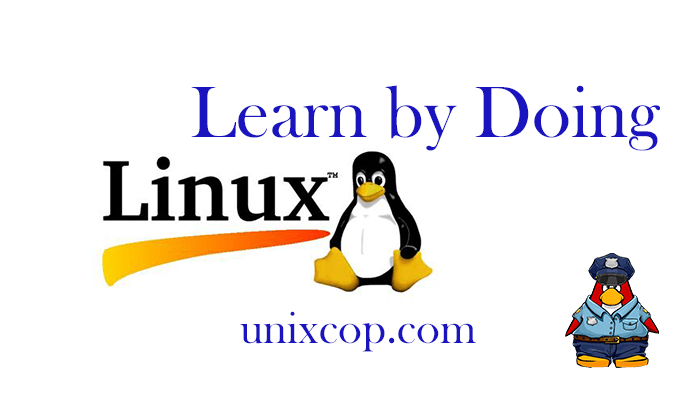Introduction
Learning by doing refers to a theory of education expounded by American philosopher John Dewey. It’s a hands-on approach to learning, meaning students must interact with their environment in order to adapt and learn. Dewey implemented this idea by setting up the University of Chicago Laboratory School.
Linux has been around since the mid-1990s and has since reached a user base that spans the globe. To get more information from linux.com. So we could use Learning by doing with Linux.
Requirements
I was planning to learn Linux! What hardware, software, or personal skills to require before you begin. So, what are the prerequisites for learning Linux?
The requirement to learn Linux is the Linux operating system. So, it would help if you got hold of a Linux distribution. The most popular ones are:
- Ubuntu
- Fedora
- Red Hat Enterprise Linux
- CentOS
- openSUSE
- Kali
Learning by doing by installing Linux
In this tutorial, we will be using Red Hat 8 on Virtualbox.
Get the ip address
Although of what method you use, finding the IP address of your system is required almost in every case. Following is an easy way to find the IP of your Linux system. First, go to the terminal in your Linux machine and type the following command.
# Ifconfigor
# ip aRemote access using SSH (Secure Shell)
You should install the PuTTY software for this method, as it’s better than using the Windows default SSH function. PuTTY establishes an SSH connection between your Linux and your Windows desktop, which gives you access to the Linux terminal.

Learning by doing with Linux commands
This tutorial makes you familiar with the Linux command line. To learn other commands check other articles.
- navigate directories
- manipulate files
- execute programs
Starting & Stopping
| shutdown -h now | Shutdown the system now and do not reboot |
| halt | Stop all processes – same as above |
| shutdown -r 5 | Shutdown the system in 5 minutes and reboot |
| shutdown -r now | Shutdown the system now and reboot |
| reboot | Stop all processes and then reboot – same as above |
| startx | Start the X system |
Accessing & mounting file systems
| mount -t iso9660 /dev/cdrom /mnt/cdrom | Mount the device cdrom and call it cdrom under the/mnt directory |
| mount -t msdos /dev/hdd /mnt/ddrive | Mount hard disk “d” as an MS-DOS file system and call it to drive under the /mnt directory |
| mount -t vfat /dev/hda1 /mnt/cdrive | Mount hard disk “a” as a VFAT file system and call it to drive under the /mnt directory |
| umount /mnt/cdrom | Unmount the cdrom |
Finding files and text within files
| find / -name fname | Starting with the root directory look for the file called fname |
| find / -name ”*fname*” | Starting with the root directory look for the file containing the string fname |
| locate missing filename | Find a file called missing filename using the locate command this assumes you have already used the command update db (see next) |
| updatedb | Create or update the database of files on all file systems attached to the linux root directory |
| which missing filename | Show the subdirectory containing the executable file called missing file name |
| grep text string to find /dir | Starting with the directory called dir look for and list all files containing text string to find |
Moving, copying, deleting & viewing files
| ls -l | List files in the current directory using long format |
| ls -F | List files in the current directory and indicate the file type |
| ls -laC | List all files in the current directory in long format and display in columns |
| rm name | Remove a file or directory called name |
| rm -rf name | Kill off an entire directory and all it’s includes files and subdirectories |
| cp filename /home/dirname | Copy the file called filename to the/home/dir name directory |
| mv filename/home/dirname | Move the file called filename to the/home/dirname directory |
| cat file to view | Display the file called file to view |
| man -k keyword | Display man pages containing keyword |
| more filetoview | Display the file called file to view one page at a time proceed to next page using the space bar |
| head filetoview | Display the first ten lines of the file called file to view head -20 filetoview Display the first 20 lines of the file called file to view |
| tail filetoview | Display the last 10 lines of the file called file to view |
Conclusion
Everyone has understanding, resources, and interests on which to build. Teachers have a critical role in assisting learners in engaging their knowledge, building on learners’ performances, correcting misconceptions, and observing and engaging with learners during the processes of learning.



